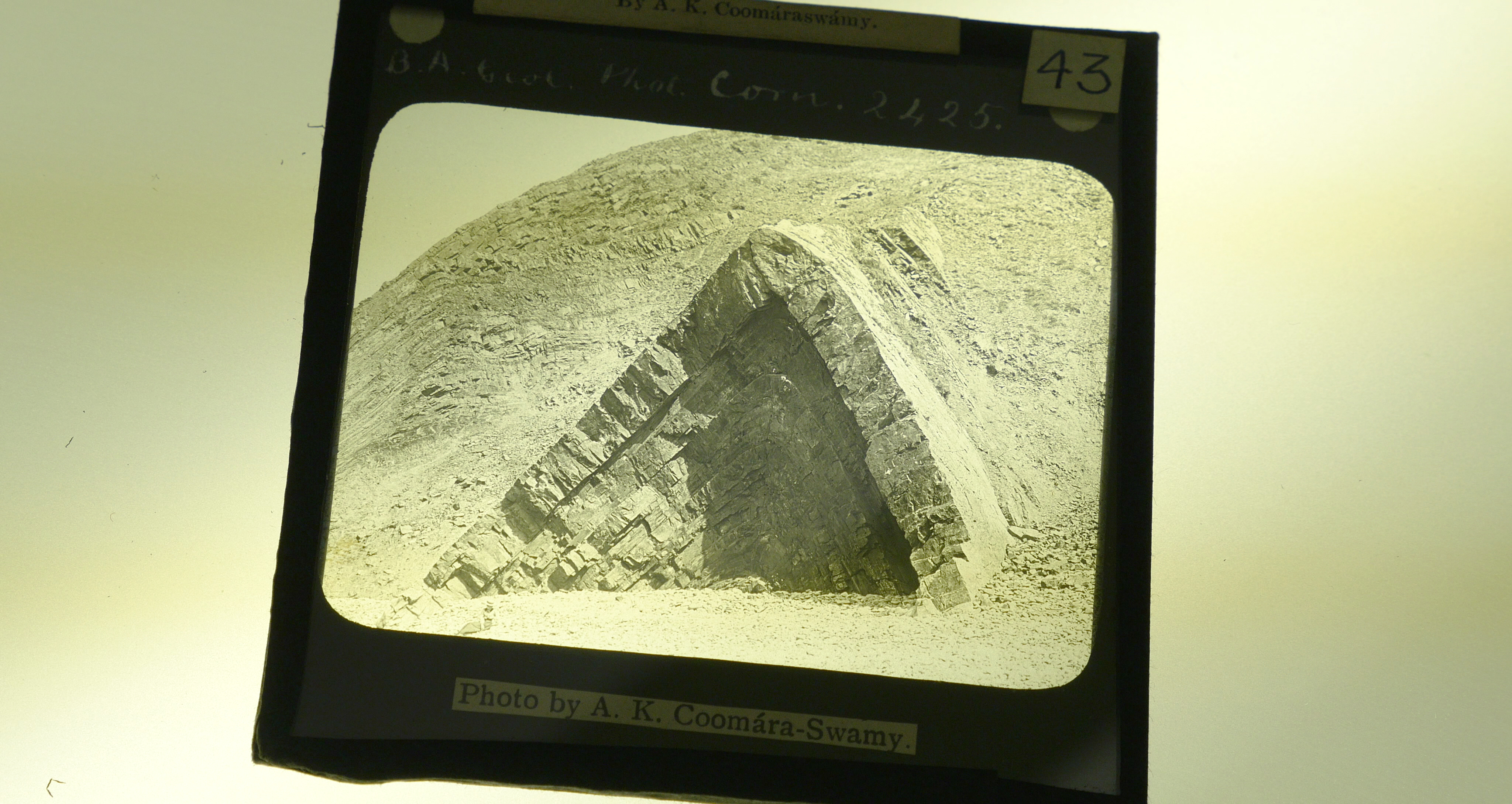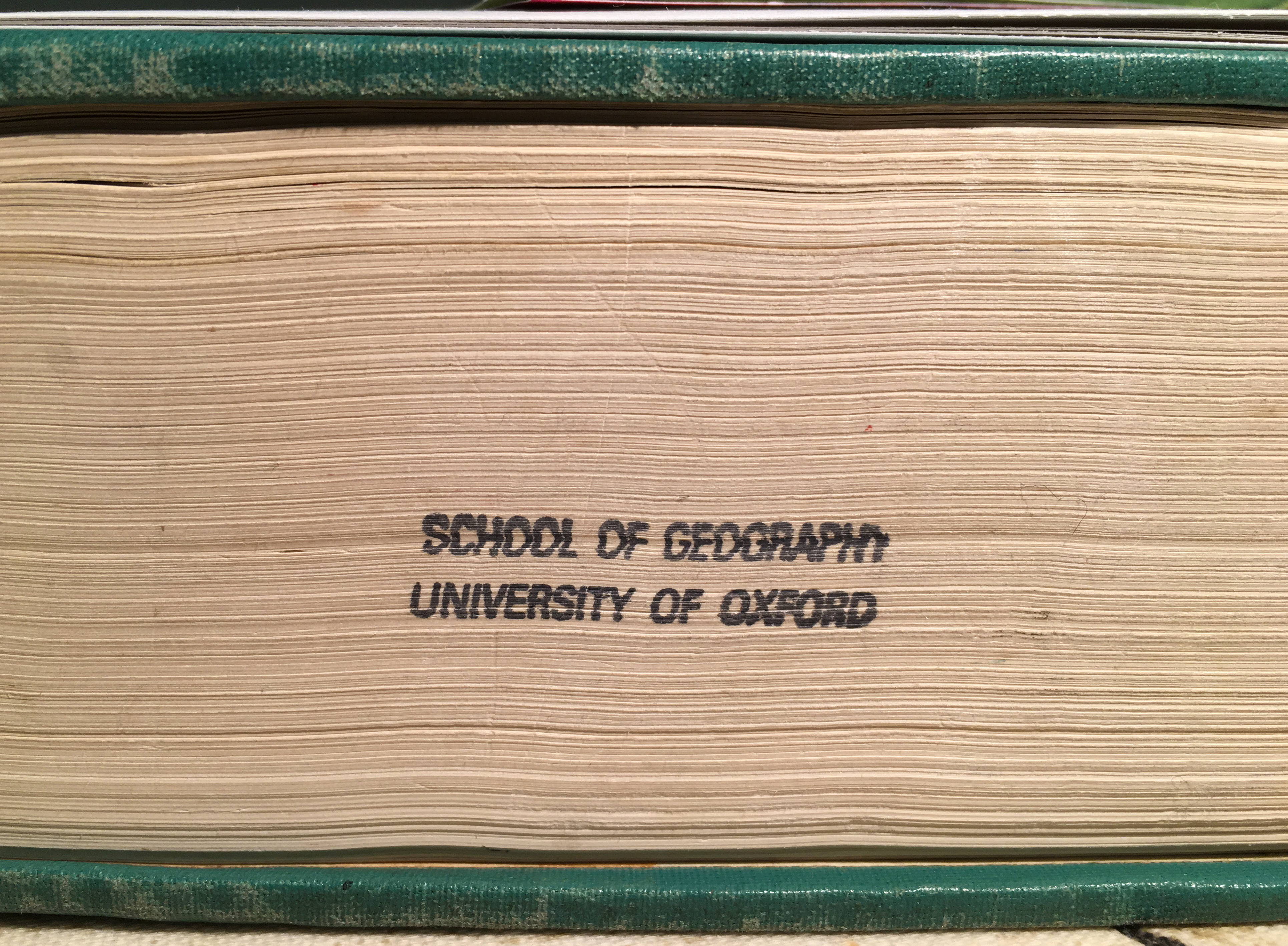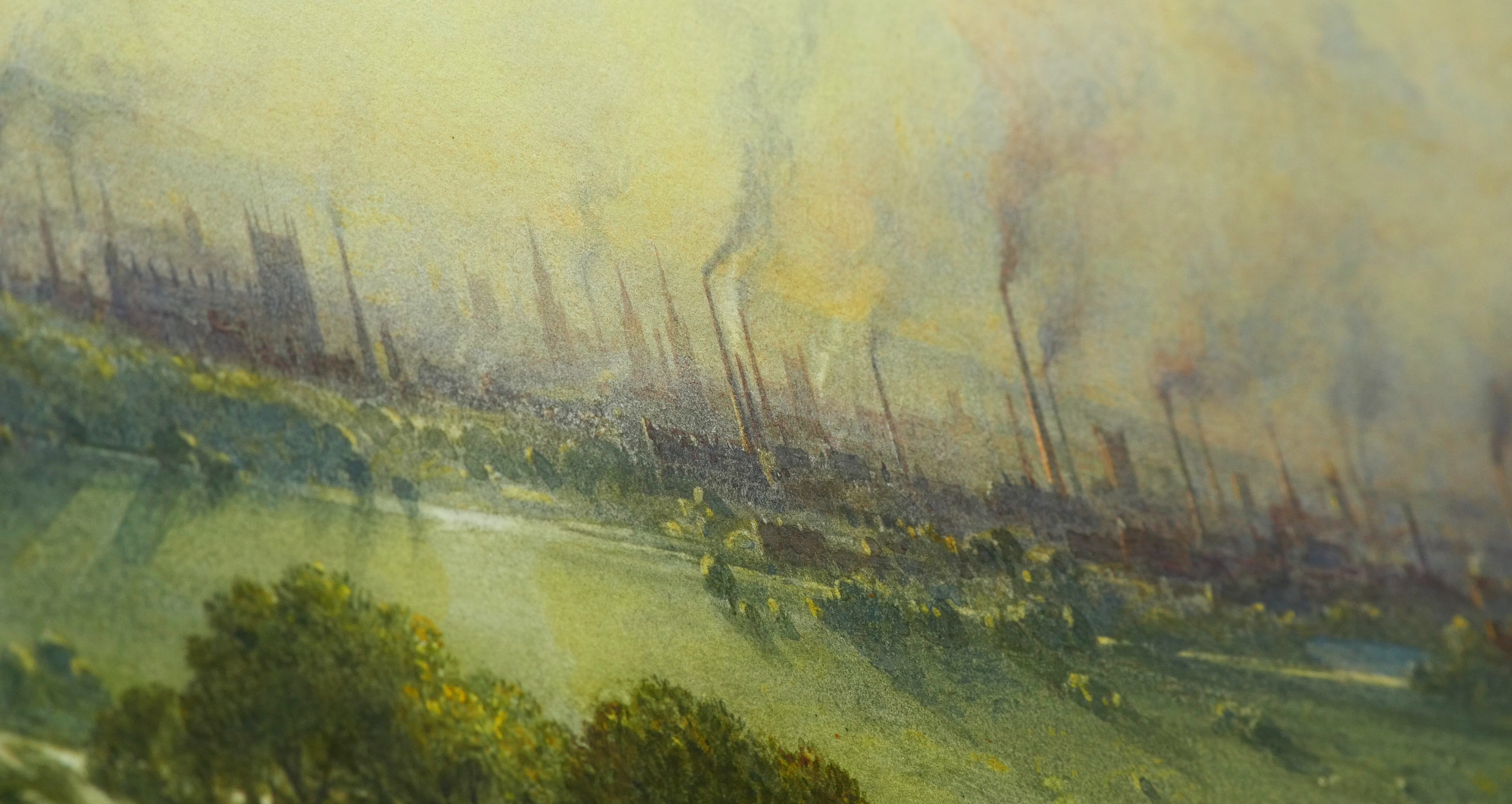Steve Rowell
Humans Lived Here Once
2017/2021
"The first time I recognized the clouds brought by the plague-wind as distinct in character was in walking back from Oxford, in the early spring of 1871"
– John Ruskin, 1888, The Storm Cloud of the Nineteenth Century.
This moving image work is about deep time, the geological, and the existential threats to life on Earth, focusing specifically on climate change and technology, across representational registers. These act as specters which exist simultaneously over the horizon and over our shoulder, with us now, as part of our daily lives.
We are forever entangled with our own destructive potential. Britain, home of the industrial revolution and the first computer, is the landscape featured. As a former empire, its misapplied inventions have spawned a global acceleration of doom. Recursive cascades are events which start small and grow, exponentially, in the form of a runaway feedback loop. Control is lost when a recursive cascade event is underway, meaning that everything in its path is overwhelmed, undermined, or deleted. The conclusion of a recursive cascade within an ecosystem is disruption, adaptation, then evolution. Within a species it usually results in extinction.
Humans Lived Here Once
22:00 HD single channel video with 5.1 sound, computer numerical control (CNC) router carved styrofoam model of NASA photograph AS17-148-22727 “The Blue Marble”, blue styrofoam dust
2017 (Oxford edit) /2021 (final edit)
This film was supported by a Erna Plachte scholarship at the University of Oxford and a 2019 Guggenheim Foundation fellowship.


- Blackwater Estuary National Nature Reserve, Essex
- The Future of Humanity Institute, Littlegate House, Oxford
- Oxford Science Park, Oxford
- Bletchley Park Science and Innovation Centre, Milton Keynes
- Boulton, Watt and Murdoch gilded bronze monument to the industrialists, Birmingham
- Shotover Country Park, Oxford
- Hoh Rainforest, Olympic National Forest, Pacific Northwest, USA
- The Iron Bridge (first in the world), River Severn, Telford
- Clee Hill oldest (neolithic) known coal mine on Earth (disused) and radar site, South Shropshire
- Bank of England, City of London
- Big Pit National Coal Museum, Blaenavon, Wales
- Ffos-y-Fran coal mine (disused) and tailings piles, Merthyr Tydfil, Wales
- White Rock Copper Smelter (ruin), Lower Swansea valley, Wales
- Magdalen College, Oxford
- Balliol College, Oxford
- Museum of the History of Science, Oxford
- Bodleian Library, Oxford
- Grant Museum of Zoology, London
- Oxford University Museum of Natural History, Oxford
- HEIR Lantern Slide Collection, Radcliffe Science Library, Oxford
- Tate Britain, London
- Hutton’s Geological Unconformity / Deep Time site, Siccar Point, Berwickshire, Scotland
- Serpentine rock outcropping , Kynance Cove, Cornwall
- Shipwrecks at Hoo Peninsula, River Medway, Kent
- Tate Britain, London
- Broomway tidal flat pathway, Maplin Sands, Essex
- Martello Towers Beach, Bawdsey, Suffolk
- Orfordness-Havergate National Nature Reserve, Suffolk
- The Moon
- Thames Barrier, River Thames, Woolwich, London
- Woolwich Ferry Centre, River Thames, Woolwich, London
- Keyworth Core Store, British Geological Survey, Nottingham
- Apollo 17 spacecraft 29,000 km (18,000 miles) from the Earth.
- Otmoor, Oxfordshre West Nab, Peak District National Park, West Yorkshire
- Royal Collection Trust, Windsor Castle, Windsor
- Kersal Moor, Salford, Manchester
- Hoh Rainforest, Olympic National Forest, Pacific Northwest, USA
- Christ Church Meadow, Christ Church College, Oxford
Acknowledgments:
- Professor Gervase Rosser, History of Art Department, U Oxford
-
Ghislaine Leung & John Cussans, Ruskin School of Art, U Oxford
-
Teresa Gleadowe, Cornubian Arts & Science Trust (CAST)
- Professor Timothy Morton, Rice University
- Professor Stephen Graham, School of Architecture, Planning & Landscape, Newcastle University
-
Priyanka Basu, Getty Research Institute
- Patrick Keiller
- Professor Nick Bostrom, Future of Humanity Institute, U Oxford
-
Dr Katharina Ulmschneider & Dr Sally Crawford, Historic Environment Image Resource (HEIR), Institute of Archaeology, U Oxford
-
Dr David Chivall, Research Laboratory for Archaeologyand the History of Art, U Oxford
-
Carly Collier, Royal Collection Trust, Windsor Castle







